What Happens After My Cat is Shaved Down (Lion cut)
After the Shavedown
Removing matting often unveils redness, irritation, bruising and even more severe wounds. This is due to the mats constantly pulling and tugging on kitty’s skin as it moves, walks and rolls around. But once the mats are often, sensation can rush back to your cat’s skin causing them to be more sensitive and even for them to cause wounds to develop days later.
Licking Their Skin After Mats
If your cat licks it skin obsessively after a groom where mats are removed, it can cause red areas and wet, weepy wounds to develop. This is caused by self-mutilation from them licking over and over. The best thing to do is to prevent them from licking sensitive areas with a cone, e-collar or a tee-shirt to cover the areas they are bothering. The feelings that cause the cat to want to lick itself more than usually should subside within a few days and the cone, e-collar or shirt will no longer be necessary.
Below are before and after photos of a matted himalayan kitty who had mats throughout the body and received a lion cut.
Your kitty may also be more aloof or grumpy than normal immediately following a mat removal grooming, but they should be back to their old selves within a few hours to a day. If your pet is showing any abnormal symptoms like lethargy, painful or tender to the touch on their body, not eating and drinking after a few hours, then you should contact your veterinarian for guidance.
How Long Will It Take My Cat’s Hair to Grow Back?
Hair regrowth can be affected by several factors:
Pet age and overall health condition
Pet’s diet and coat condition
Time of year (some months have slower hair growth cycles)
How the mats were removed and the condition of the skin underneath
Older cats or those with health issues can have slower or more uneven hair growth
In cats, you may even notice some hairs growing at a faster pace than others. There are different types that make up the cat’s coat - Guard hairs typically grow faster, while the undercoat made of Awn and Down hairs can take longer to reach the same length). This is normal for cats that are older and/or have health issues.
Clean and healthy coat will also grow faster compared to dull or damaged hairs. The same with the condition of the skin playing a factor in regrowth. If there were bruises, irritation or bald spots on the skin from the matting, then it can take longer for the hair to grow back to its original length. On average, pet hair grows around ¼ to ½” per month.
How Can I Prevent My Mats In Cats?
Once the mats in your pet’s coat are taken care of, the key is to start addressing their grooming needs now instead of waiting until there is a problem again. If they became matted once, it will definitely become matted again unless something changes in their skin and coat care.
Prevention is the answer. Matting is painful. It pulls at the skin and can cause a lot of discomfort and irritation. The best option is to schedule regular grooming appointments so that your pet’s coat is cared for and stays in great condition all year round. The frequency of these appointments depends on your pet’s grooming needs, coat type and condition, behavior during grooming, and what your goals are. These goals can include full coat versus shorter haircuts, less shedding and hairballs, tidy rear end/face, etc.
In general, most cat grooming needs can be maintained by regular appointment every 4 to 8 weeks. This should include:
Nail trimming
Ears and eyes checked or cleaned
Warm bath and blow dry
Thorough comb or brush through
Light sanitary trim
For cats, other services can be added depending on your goals or the needs of your cat, including haircuts (Lion Cut or Comb Cut), fuller sanitary trimming or belly shave, deshedding treatment and/or nail caps. The services you add also affect their grooming schedule (for example, a Lion Cut can be done every 8-12 weeks, while nail caps need to be replaced every 6 weeks). This allows kitty the opportunity for grooming to be regular and familiar (not scary) part of their life.
These services and schedule recommendations will keep your cat in tip top shape without you having to do a lot of grooming or coat maintenance at home. To determine what schedule will be best for your cat, discuss it with our professional groomer.
Ready to book an appointment to rid kitty of painful mats? Click here.

